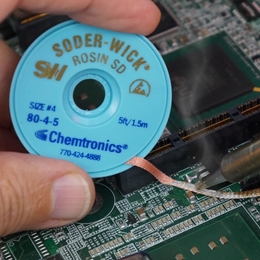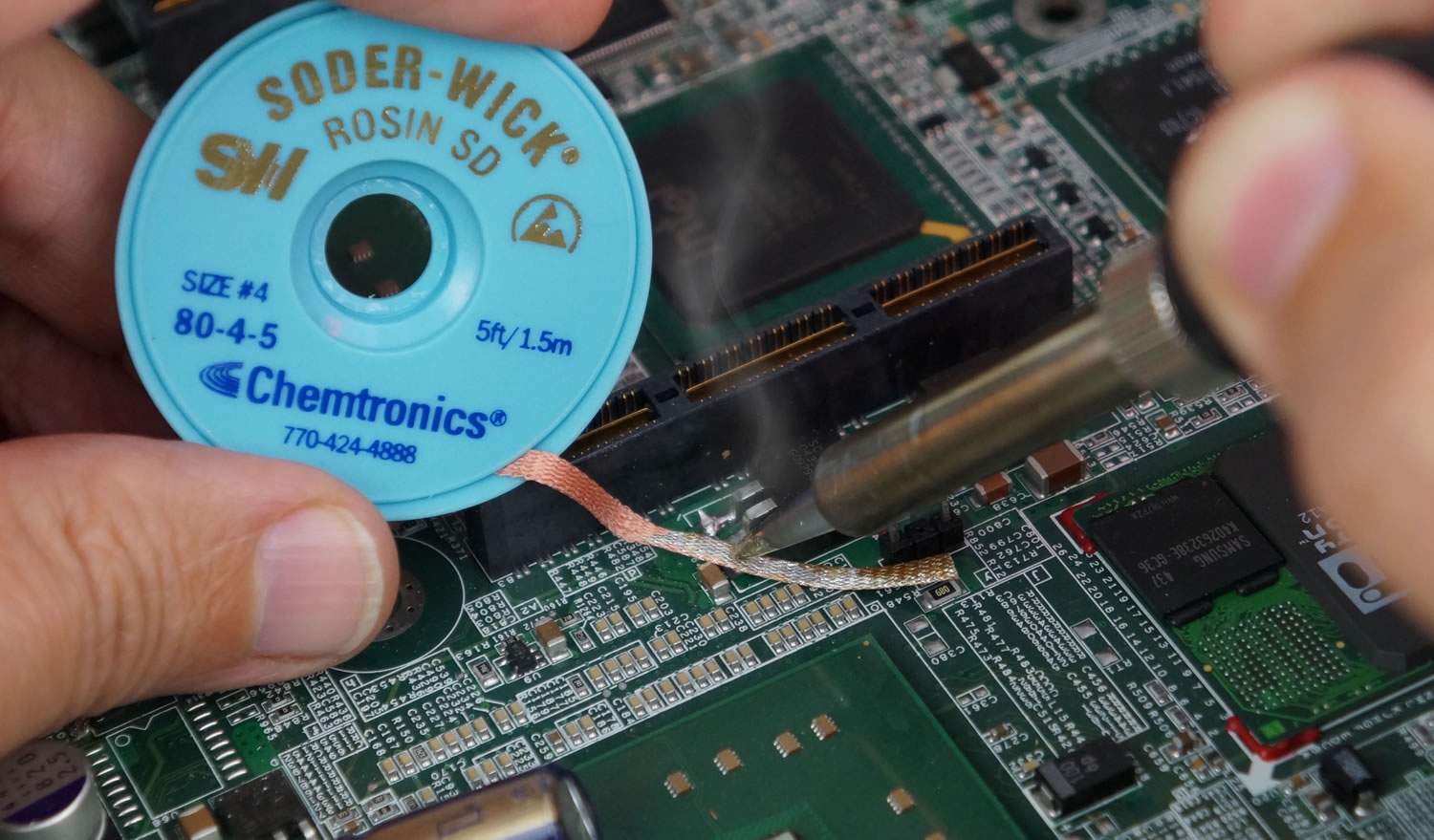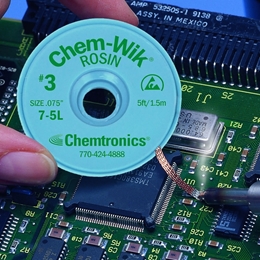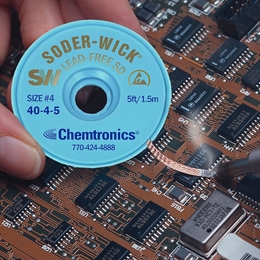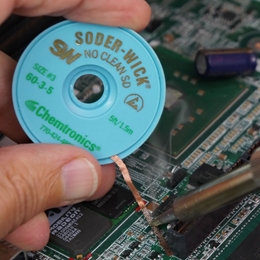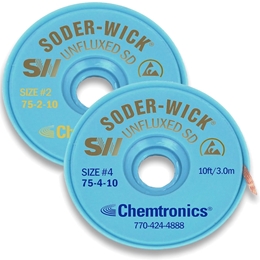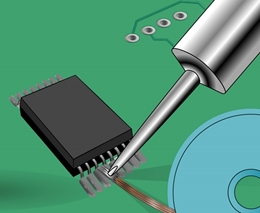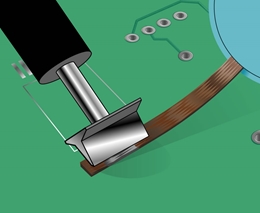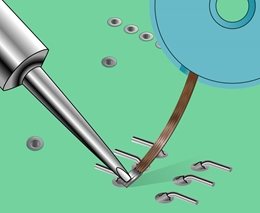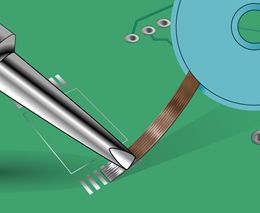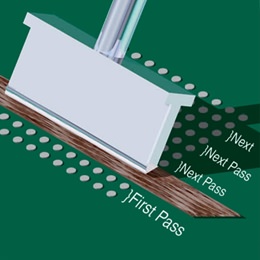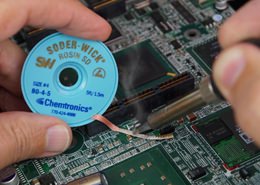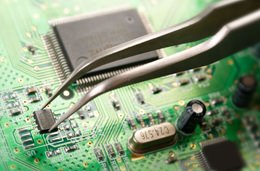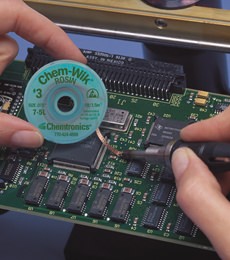Desoldering Wick
Soder-Wick... The #1 Brand of Desoldering Wick
Soder-Wick, the world's leading brand of desoldering wick (solder wick, desoldering braid) is the fastest, cleanest and safest wick in the industry. It significantly reduces rework/repair time and minimizes the risk of heat damage to the board. Its geometrically precise weave design allows for maximum capillary action and solder capacity. Soder-wick brand desoldering wick optimizes heat transfer through the braid and into the solder joint, resulting in faster wicking action than any other competitive brand. Minimal flux residue on the board speeds up the cleaning process or eliminates it entirely.
Soder-Wick brand desoldering wick is available in the most comprehensive variety of widths, lengths and flux types.
Chem-Wik Desoldering Wick
As the standard desoldering wick for service and repair, Chem-Wik ensures fast and safe desoldering. The ultra-pure, oxygen-free copper braid quickly and completely removes solder from circuit boards and components. Its fast wicking action protects components from harmful heat damage.
Meets or exceeds the greatest range of performance standards:
- MIL-F-14256F Type R
- NASA STD-8739.3 Soldered Electrical Connections
- ANSI/IPC J STD-004, Type ROL0
Environmental & Safety
